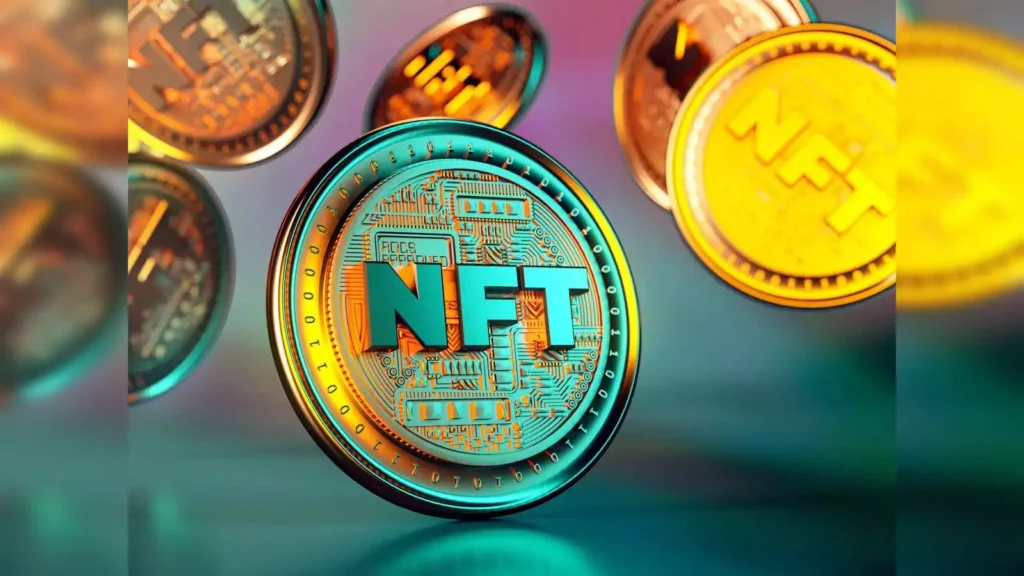Web2.5 Explained: 7 Myths About the Internet’s “Awkward Middle Child”
April 30, 2025

Web2.5 Explained: 7 Myths That Totally Miss the Point
Let’s set the record straight—Web2.5 is not just some buzzword made up by blockchain marketers. It’s a real, evolving phase of the internet, even if it’s a bit messy and hard to pin down.
Still, there’s a lot of confusion out there. People throw around “Web2.5” like it’s some kind of awkward placeholder, or worse, a failed compromise. So let’s bust some myths—and get to the truth of what this transitional tech moment is really about.

Myth #1: It Is Just a Buzzword
Reality: It may not be a formal protocol, but it describes a very real phenomenon. Web2.5 refers to platforms that blend Web2’s usability with Web3’s foundational ideas—like user ownership, decentralization, and tokenized incentives—without going full crypto chaos.
In short, it is what’s actually happening right now, even if it doesn’t have an official W3C badge.


Myth #2: Web2.5 Is for Crypto Bros
Reality: Ironically, it’s the opposite. Web2.5 exists because most people don’t want to deal with wallets, gas fees, or seed phrases. It’s designed to hide the messy stuff under the hood and give users a smoother ride.
Think about Reddit’s NFT avatars—you don’t need to understand anything about Web3 to use them. That’s the whole point.


Myth #3: If It’s Not Fully Decentralized, It Doesn’t Count
Reality: Purists hate this, but let’s be real: full decentralization sounds amazing… until you try to build a product people actually want to use.
Web2.5 platforms often retain some centralized infrastructure—for login, content moderation, or security—because that’s still what works best for now. Ideal? Maybe not. Functional? Absolutely.

Myth #4: Nobody Uses this Tech Yet
Reality: Wrong. You’ve probably already interacted with it.
- Starbucks Odyssey lets users earn digital “stamps” (NFTs) without ever touching a crypto wallet.
- Instagram dabbled in NFTs, integrating blockchain under the hood before pulling back.
- Game developers are building hybrid economies using tokens while still relying on traditional sign-ins and app stores.
If you think Web2.5 is niche, you’re not paying attention.


Myth #5: Web2.5 Is Just a Temporary Phase
Reality: Maybe. But also—maybe not.
Some believe Web2.5 is simply the on-ramp to “true” Web3. But others argue this hybrid model is the destination. After all, not every app needs full decentralization, and not every user wants to manage private keys.
Web2.5 might be a compromise, but that doesn’t mean it’s going away.
Myth #6: It Gives You Real Digital Ownership
Reality: Sometimes. But not always.
Here’s the dirty secret: if your NFT disappears when a platform shuts down, you never really owned it. True digital ownership requires on-chain storage, open standards, and user-held wallets. Many Web2.5 projects fall short of that.
So yes, Web2.5 can offer ownership—but only when implemented correctly.


Myth #7: Web2.5 Slows Down Web3 Adoption
Reality: This one’s nuanced. Yes, it’s a halfway step—but that’s also what makes it useful.
Would you rather throw users into the deep end of crypto-native UX, or help them gradually experience new ownership and value models? For most people, Web2.5 is a much more realistic way in.
It’s not about slowing down the revolution—it’s about making sure people survive the journey.
Final Thought: Web2.5 Isn’t Perfect—But It’s Real
Web2.5 is the in-between internet—not fully centralized, not fully decentralized, and definitely not fully figured out.
But in a landscape where extremes often alienate users, this hybrid approach might be the most pragmatic path forward. It’s where mainstream comfort meets blockchain potential. It’s not hype. It’s not failure. It’s transition.
So let’s stop pretending Web2.5 is just “not Web3 yet,” and start recognizing it for what it really is: the internet growing up.
Relevant Link : Here

